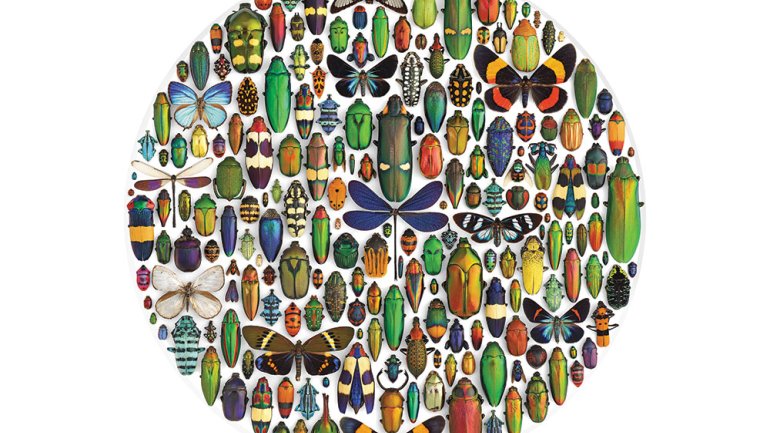Love of Life
Love of Life
In human reckoning, insects are a curious class of creature, observes Christopher Marley. They’re among the most numerous life forms in the world, and yet, in their dizzying range of appearance and behavior, they seem the most alien, the most unknowable. Our interactions with them tend to be potent: Everyone has a bug story – and few are warm and fuzzy. And yet we’re wired, in many ways, toward affection for the natural world. To the Oregon artist, it just doesn’t add up.
“If the work I do provides no other benefit than to kindle a new appreciation for insects (and any other creatures that evoke trepidation in the human heart), that is enough for me,” Marley writes in the introduction to his new book, Biophilia, published by Abrams. The title is a term coined by a philosopher to describe “the passionate love of life and all that is alive.” The idea is at the heart of Marley’s work. For more than 15 years, he has tenderly arranged responsibly collected insects (as well as animals, plants, and minerals) into mandalas, geometric groupings, and other striking displays.
What has he learned? Design matters. Taking insects out of their expected contexts and arranging them to emphasize their aesthetic qualities reboots our perceptions. For many people, his work is a gateway, “just as random musical notes, once properly orchestrated, can enter the heart and sway it almost against our volition.” The Limited Aesthetica is a favorite: an architectural array of beetles, wasps, butterflies, moths, bees, and flies that unapologetically celebrates the natural bling of the bug world. Even Metallyticus splendidus – a member of the world’s only metallic mantis family – makes an appearance.

